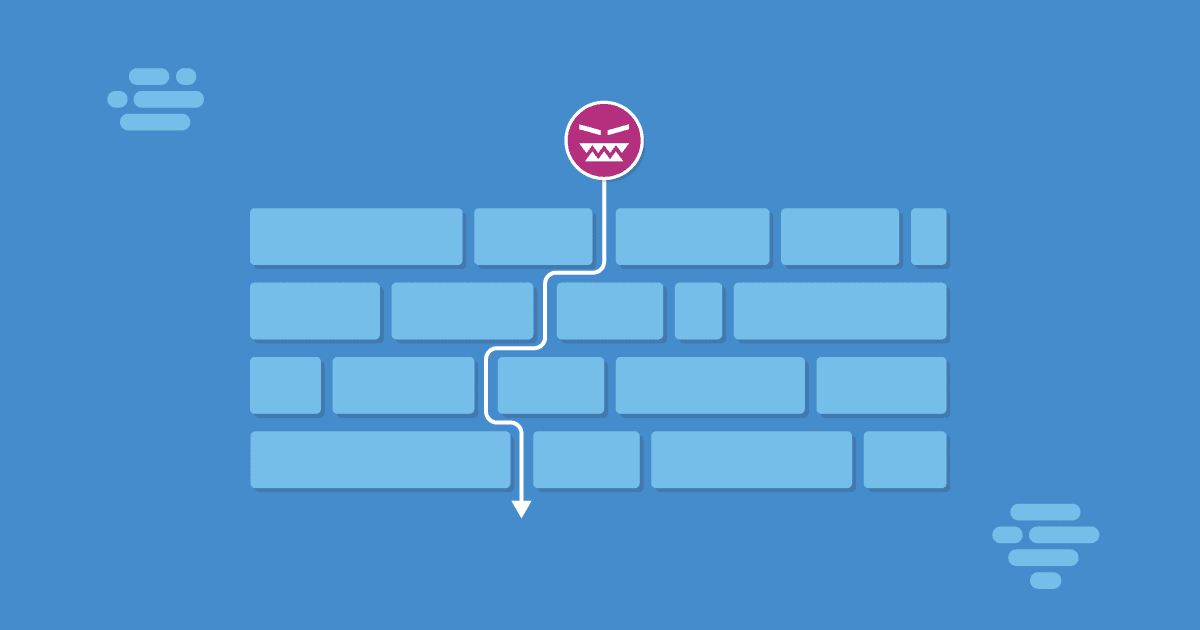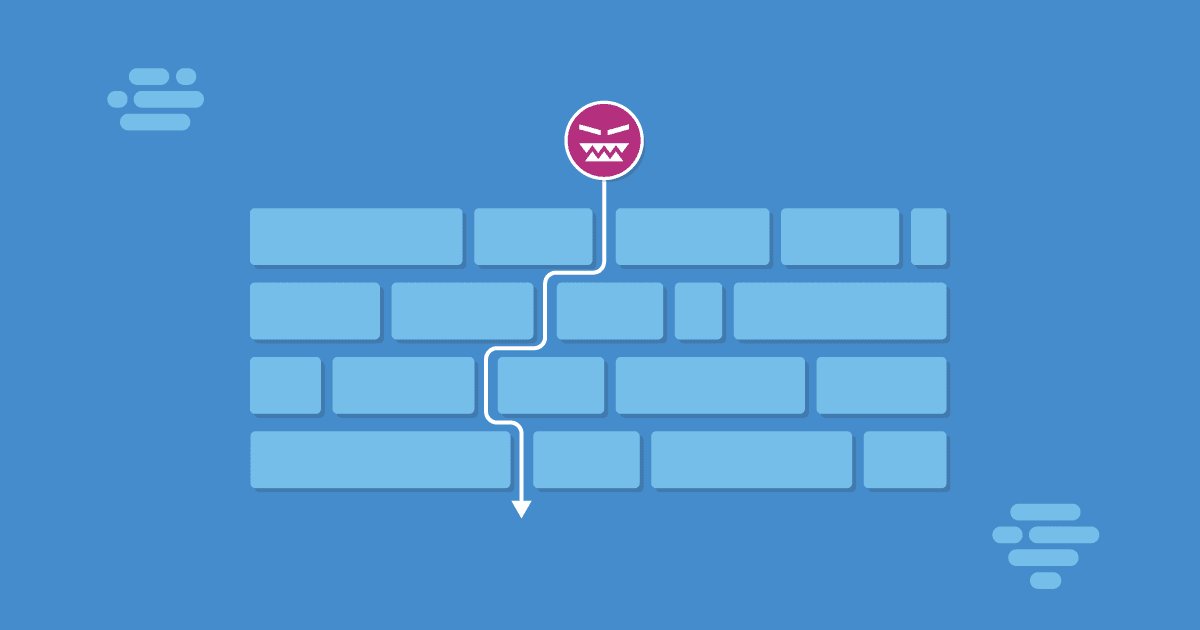To assess a computer system’s potential vulnerability to security breaches, Penetration testing is a way of simulating an attack, so corrective measures can then be implemented before any real damage is done.
Commonly called ‘pen testing,’ the process includes simulating an attack on a number of application layers, such as the UI layer, API layer and the data layer. This helps uncover problems related to vulnerable data inputs that can be lead to injection attacks. The results from penetration testing allows fine tuning of the Web Application Firewall (WAF) security policies and detect potential vulnerabilities.
Process of Penetration Testing
The process of penetration testing can be divided into five steps.
1. Planning and Investigation
This step involves:
- Understand and study the targets and plan the methods of testing.
- Gather information on the domain, network, mail server and other important info related to the target.
- Figure out and the potential vulnerabilities that the target may stumble upon.
2. Scanning and Discovery
Scanning helps you to learn how your targeted application could be impacted by intrusion attempts. It is possible to do this by either Static or Dynamic analysis.
- Static analysis: This process helps you to inspect the code of your application and estimate a way it might behave while running. The tools allow you to scan the entirety of your code with a single pass.
- Dynamic analysis: This process works when your application code is already running. It is more of a realistic way to scan and get a real-time understanding of the application’s performance.

3. Forcing Access
In this step:
- Try to gain access by using different attacks such as SQL injection, Cross site scripting etc.
- Once access has been gained, find out what level of invasion can be achieved. This could include stealing important data, tampering with the privileges, or traffic interception.
- Make an assessment of the scope these damages this would cause to the system
4. Maintaining Access
This is a very important step. Once access has been gained, the penetration testing hacker will need to maintain access for an extended period of time in order to cause enough disruption. This step focuses on:
- How long access can be maintained
- Find out about advanced persistent threats
- Assess how difficult it is to revoke the access
- Learn how much data can be damaged during the maintaining period
5. Analysis and Reporting
In this step, the results are compiled into an informative report containing the following:
- The exploited vulnerabilities and severity
- The data accessed during the attack
- The time the attacker’s access could be maintained
- An analysis by the security personnel and amend the WAF settings based on the given recommendations
Types of Penetration Testing
Internal Testing
During process of internal testing, the tester who with access to the application behind its firewall triggers an attack, perhaps emulating the fall out of an employee who has had his credentials stolen through a phishing attack or other scenario.
External Testing
The role of external penetration testing is to target a company’s assets that are freely available online, such as their website, email and domain names. The pen tester will endeavour to gain unauthorized access with the aim of obtaining valuable information.
Target Testing
Target testing brings the security personnel and tester together to help each other do their job. The process brings essential training, providing a security-team with the real-time results from the point of view of the hacker’s target.
Blind Testing
Blind penetration testing is when a tester only has the name of the enterprise that is to be targeted. This gives the security personnel a real-time view of how real applications can be put under attack.
Double Blind Testing
For double-blind tests, the security personnel have no idea that the simulated attack will take place. This does not allow them any time to put into operation a defensive against the threat.
Why is Pen Testing Vital?
Prevent Financial Losses
Service interruptions and security breaches are expensive, and such conditions can impact in terms of financial losses and threaten an organization’s good will. The company can also be deprived of customer loyalty and could even pay fines, penalties and be exposed to negative media coverage.
Substitute for Traditional Approaches
No organization can protect their information at all times. Formerly, companies used to seek preventive methods by installing and sustaining layers of security mechanisms. Some were user access controls, IPS, IDS, firewalls and cryptography. However, these protective measures need to be continuously updated. With these processes being quite hard to maintain, it has been problematic to get rid of all the organizational vulnerabilities.
Evaluate and Prioritize Security Risks
Penetration testing helps to identify and prioritize security risks. It evaluates the company’s ability to safeguard their network, endpoints, applications, and users from internal and external attacks that bypass security controls to gain access to valuable assets.
Manage Vulnerabilities Intelligently
Penetration testing can give adequate and accurate information about exploitable security attacks. With the help of pen testing, minor to critical vulnerabilities and false positives can be identified. Your company can then prioritize the correction process and apply security patches as necessary.
Reduce Costs of Network Downtime
To be able to recover from security breaches, a company might need to shell out a lot of money for IT remediation, retention processes, legal conditions, and customer protection. Penetration testing eases the process and provides complete security.
Meet the Regulatory Requirements
With penetration testing, an organization can address general good practice compliance and auditing requirements. With an in-depth report of a pen-test, the company can avoid fines or penalties that could be levied for non-compliance.
Maintain Corporate Image
All data is valuable to a company, especially when it concerns their customers. Any negative impacts can lead to a tarnished public image and hamper the future of the company. Customer retention is a time and finance consuming operation, so companies don’t want to lose the loyal users that they have already earned. A breach of data can, and does, turn off potential clients. With the help of penetration testing, you can avoid any security incidents that could jeopardize your company’s reputation.
